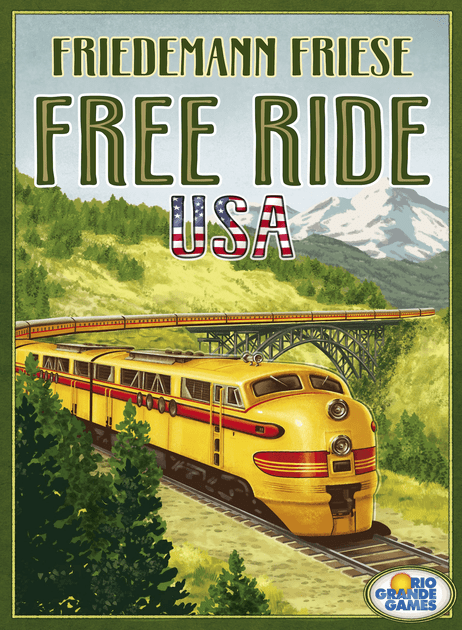SMOOSH JUICE
Game Overview: Free Ride USA, or One Free Ride After Another | BoardGameGeek News

In November 2021, I reviewed Friedeman Friese‘s Free Ride, a game in which players collectively build a railroad network in Europe so that they can visit different cities and drop off goods of an unknown nature.
In October 2024, Friese released a sequel game through his 2F-Spiele brand: Free Ride USA, with this being essentially the same design as the first game with more player-friendly graphic design and one substantial rule change.
The game is comprised of micro-actions — build track, get track, move your train — that compound over the three acts of the game. In the first act, you can carry only one payload, but the game board starts with no track on it, so everyone is mostly building track, calling dibs on certain parts of the board or claiming a section of track that you know someone else wants so that they’ll have to pay you to use it.
By the second act, the rail network is between half and three-quarters built, so you can focus more on delivery and sniping payloads from the market ahead of others — and thanks to a second payload car for your train, you can now carry two loads, ideally delivering them efficiently as you move across the land.
By the third act, the rail network is effectively finished, with players now having a better engine that travels farther, which means you race through the final payloads and rocket toward retirement, that is, the end of the game. Friese seems to excel at this type of structure in games like Power Grid, Faiyum (which I also covered in 2021), and the two Free Rides. In graphic terms:
These games mirror the ideal arc of a three-act story, with the consequences of your actions escalating over time, with everything building on what’s come before to deliver larger effects…until you hit the resolution and count your points, which thankfully is a minimal task in this design.
Friese isn’t a fan of spreadsheet scoring, whether in his designs or others. As he wrote in 2023:
I feel the same way as a player, so I appreciate his approach as a designer. His focus is on the connected gameplay as a whole, without you being able to tease apart exactly how many points you earned from any particular action. You’re floating down a river, adapting to obstacles and opportunities from the environment and other players, and ideally you’ll end up traveling farther than anyone else.
After nine plays of the original and four plays of USA (both of which were review copies), I think I’ve yet to win a game of Free Ride, and I haven’t been able to figure out what I’m doing wrong. Maybe I’m spending coins too freely to gain more rail tokens and nationalize other player’s tracks, a result that seems right after the winning player ends up with a fat stack of coins…but in the next game I turn miser only to see someone win without holding on to any coins. Am I building too much? Jumping on new payloads too quickly? I have no idea, but I want to play more to figure it all out. I want to become a good Free Ride player so that I can finally play the game for real. Whether that’s possible, I have no idea.
For details on how to play, watch the video below. If you’re familiar with the original Free Ride, you can jump to 16:09 to learn how this game differs from the original.

/pic8143602.png)
/pic6240235.jpg)
/pic8758079.jpg)
/pic8757999.png)
/pic8758077.jpg)
/pic8758078.jpg)